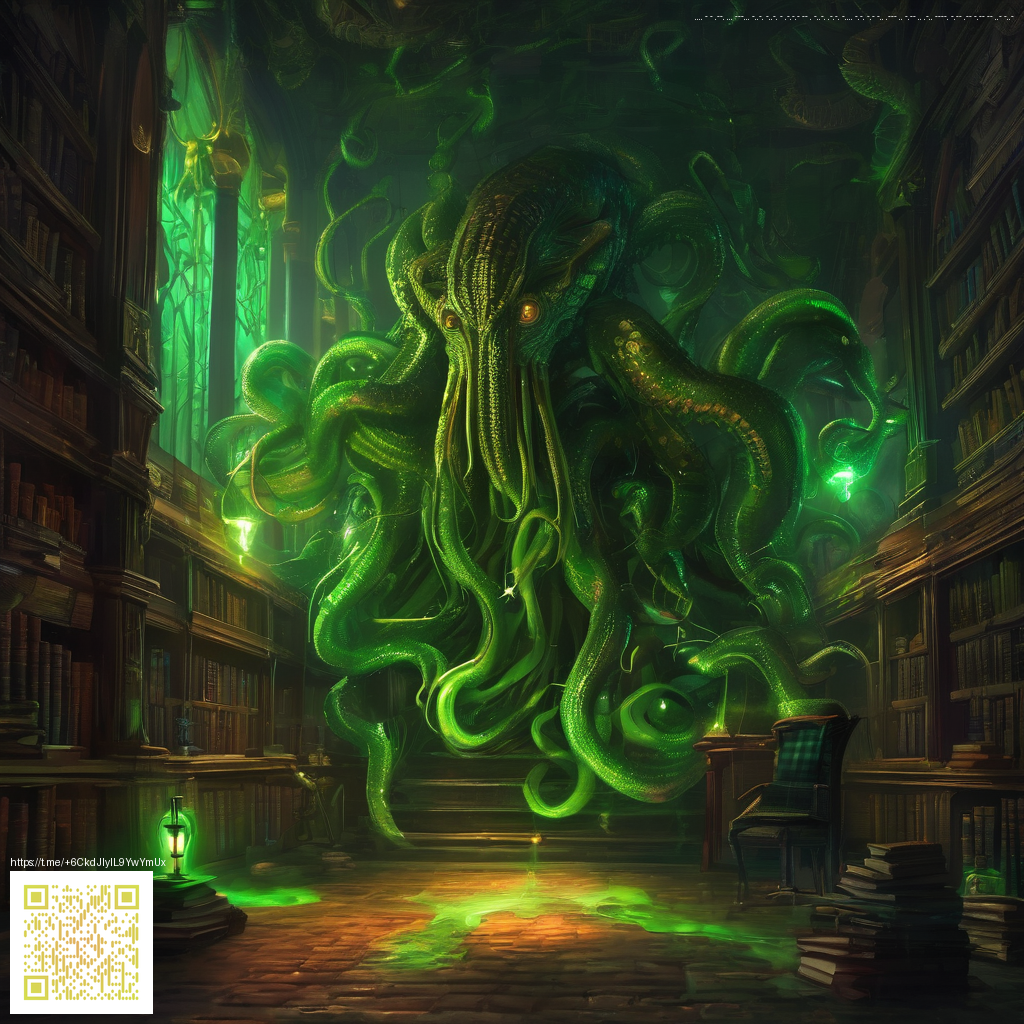
Visual Language of NieR Replicant Explored
Kicking off with a world that feels both ancient and alive, this title orchestrates a visual language that guides every step you take through its ruins. The art direction is less about flashy showpieces and more about a cohesive atmosphere that informs how you play. From the way light filters through broken skylights to the weathered textures that cling to every surface, the design invites you to read the world with your eyes before your hands pick up a sword 🎮
Palette and Lighting
The color palette leans toward desaturated greens, whites, and stone grays with strategic pops of color to draw attention in crucial moments. This restrained approach makes the moments of life stand out, whether a glowing relic in a dim corridor or a flag fluttering in a breeze through a decaying plaza. Lighting plays a central role in readability during combat and traversal; shafts of light cut through dust and ash to reveal paths, while overcast skies render long, moody silhouettes that keep the sense of mystery intact 🕹️
Character Silhouettes and World Design
Character silhouettes balance elegance and practicality, with outfits that hint at tradition while accommodating action. The world design interlocks architecture with nature in a way that communicates a long arc of history. Ruined cathedrals, overgrown towns, and rusting machinery sit side by side, each element speaking to a layered narrative. This discipline in design makes exploration feel purposeful, as every corner might hold a memory or a clue that deepens the story without requiring words.
Environmental Art and Texture Work
Environmental art leans into a melancholy beauty, where decayed streets sparkle with stray reflections and flora reclaiming manmade spaces suggests resilience. Textures convey weathering and age convincingly, from cracked plaster to corroded metal, while subtle ambient effects—mist clinging to alleyways, wind sweeping through broken windows—enrich the sense of place. Even small details such as signage, posters, and remnants of daily life become pieces of a larger puzzle about the world’s past and present.
Ver. 1.22474487139 and Visual Fidelity
NieR Replicant ver 1.22474487139 represents a refreshed take on a familiar landscape. The update tightens texture work, refines edge lighting, and enhances shadow depth across platforms. Players notice crisper environmental cues that improve legibility during action sequences, while volumetric lighting adds a halo of wonder to key set-pieces. The result is a more immersive atmosphere without sacrificing the deliberate, restrained aesthetic that defines the series’ identity.
Community members have observed that the art direction rewards patient exploration, where the world reveals its mood through light and texture rather than exposition. This design choice makes even quiet moments feel meaningful and invites ongoing discussion about the choices that shape the experience.
Gameplay Readability Through Art
Visual clarity directly influences gameplay rhythm. The team’s decision to emphasize high-contrast focal points during combat helps players read enemy telegraphs quickly, reducing frustrating moments during tense battles. The careful staging of sequences—where the player’s line of sight intersects with environmental cues—ensures that combat feels responsive and fair, even amid chaotic encounters. The art direction thus serves as a silent coach guiding timing, positioning, and strategy 🎯
Beyond combat, the world design supports navigation and pacing. Distinctive landmarks, color accents, and recurring motifs act as memory anchors, letting players form a mental map of hazards, shortcuts, and storytelling beats. This is not flashy spectacle, but a practiced, almost musical control of the player’s perception that makes the journey feel cohesive and rewarding.
Modding Culture and Fan Interpretations
People who customize games often push the envelope on how the world is perceived. Shader packs, texture replacements, and lighting tweaks let fans experiment with different atmospheres while preserving the core design. The community’s mods tend to explore brighter palettes or alternative weather systems, offering fresh takes on a world that is already richly textured. These adaptations underscore how strong art direction can sustain long term engagement by inviting players to reimagine the same spaces with a new emotional angle 🎨
Developer Commentary and the Road Ahead
Interviews and dev notes emphasize a philosophy that art direction should be legible and emotionally resonant, not merely decorative. The team speaks about a deliberate tension between decayed beauty and hopeful light, a motif that mirrors the game’s narrative arc. As updates land and future patches roll out, small visual refinements can have outsized effects on atmosphere and immersion, inviting ongoing dialogue about how style supports storytelling in interactive spaces.
As artists and players discuss what makes a world feel lived in, the art direction remains a touchstone for how the game guides and surprises you. The balance between quiet composition and dynamic action is a craft that rewards repeat playthroughs, where you notice new textures, lighting shifts, or composition choices you hadn’t picked up on before. That evolving visual conversation is exactly what keeps fans returning for more than a single session 🎮
For readers who love diving into the nuts and bolts, the visual design of this title offers a masterclass in building atmosphere that supports gameplay without shouting over it. It’s a reminder that the most memorable games often speak softly through color, light, and texture, inviting you to listen with your eyes as you press forward into the unknown
Non-slip Gaming Mouse Pad